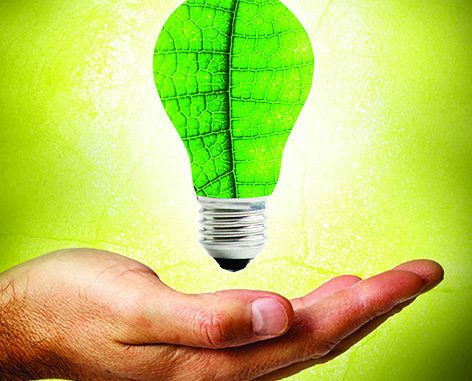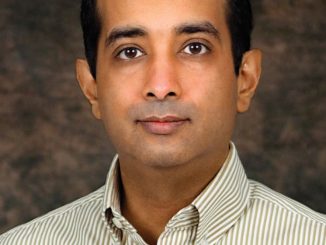
The Indian power sector is moving closer to its targets, including Power for All by 2019 and 175 GW of renewable energy capacity by 2022. While setting targets is indeed important for defining overall growth objectives, it is equally important to have well-designed systems and implementation frameworks in place to ensure sustainable growth. For instance, rapid auctions and capacity additions alone cannot achieve the target of 175 GW of renewable energy by 2022. Along with this, energy demand and supply dynamics, transmission system capabilities, and grid balancing mechanisms need to be worked out.
Energy demand and supply
Recent trends show a tapering in the energy demand in the country, and even after connecting all the households to the grid the demand is not expected to increase significantly. This will put a dampener on the country’s renewable energy plans, as the lack of demand will slow down capacity additions. Given the increasing uptake of electric mobility and solar cooking, the impact on energy demand could be avoided to some extent. However, the industry cannot rely on this trend as of now as it is not sure when the tipping point for these emerging segments may be reached.
To cater to the local and peak energy demand, energy supply planning is equally important. There is a huge gap between the base and peak energy demand of the country. The energy demand shoots up in the evening, which requires ramping up of the available generation capacity. Renewable energy is infirm and has lower plant load factors than coal. Hence, renewable energy systems alone cannot cater to the energy demand of the country. Even with the complementary generation patterns of solar and wind power, it is not possible to completely replace coal-based plants by 2030.
The available transmission capacity is another important factor in the energy demand and supply dynamics. Many parts of the country face frequent and prolonged power cuts, which are often not a result of shortage in energy generation, but of inadequate power distribution planning. Further, several renewable projects remain stranded due to congestion in transmission and distribution systems. The problem has intensified due to the longer gestation periods of transmission systems as compared to wind and solar power plants. Green energy corridors are being implemented across the country to provide adequate transmission capacity, and thus avoid delays in upcoming solar and wind power projects.
Renewable energy integration
Renewable energy sources, especially wind and solar power, are dependent on the location. These energy sources also have highly erratic generation patterns with wind energy generation affected by wind speeds and solar energy generation affected by solar radiation. The existing grid can only handle smaller capacities of renewable power. With increasing renewable energy penetration into the grid, adequate grid balancing mechanisms will need to be incorporated to prevent grid failure.
Interestingly, both renewable energy generation and energy demand are variable. Hence, good grid operations would require better coordination between these two variables. To this end, energy demand created by agricultural activities can be shifted to the daytime when solar power is available. In addition, energy storage systems and hydropower can be used to support the ramping requirements presented by renewable energy.
Conclusion
In recent years, solar and wind power prices have witnessed a significant decline owing to economies of scale. However, it is important to acknowledge that the greater the renewable energy generation, the lower is its marginal value and the higher its integration costs due to the need for complicated grid balancing mechanisms. Hence, the system-level implications of renewable energy must be determined to account for the hidden costs of using these sources.
Meanwhile, improved forecasting, scheduling and deviation settlement frameworks must be developed. Better transmission planning is also needed to prevent energy generation curtailment. Going forward, there needs to be better coordination among various energy sources, energy storage systems and demand response mechanisms to match energy demand with supply. The emphasis needs to shift from quantity to quality and from rapid capacity additions to flexible grid systems for the sustained growth of renewable energy. n
Based on a presentation by Dr Rahul Tongia, Fellow, Brookings India at a recent Renewable Watch conference

